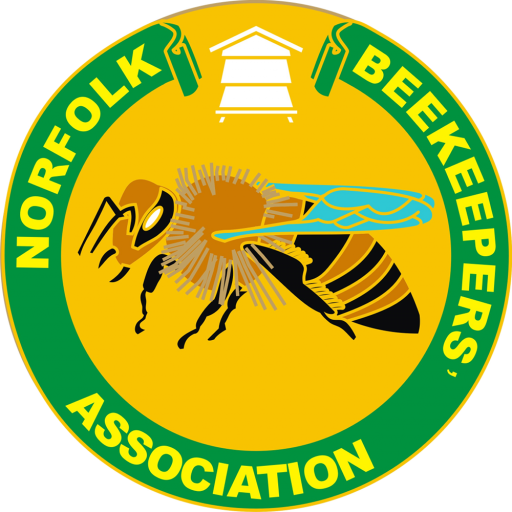April is normally a time of expansion for the colony. If the weather is kind, i.e. above 10°C and dry, the bees will be able to forage for pollen and nectar and the queen will increase her rate of laying. As long as the colony has a strong and healthy queen all should be well, but do remember that the colony needs space for storage of honey, eggs and brood as well as for the growing population. Space helps to delay the inevitable urge to swarm – a natural occurrence. If in doubt, add a super. Swarming is nature’s way of replacing colonies that may have died out. The total number of colonies in any one area is restricted in the same way as many forms of ‘wild’ livestock – that is by the available food supply.
Choose a warm, sunny day. Decide beforehand your reason for opening the hive, which is probably to ascertain whether:
- the queen is laying (it is not necessary to find or see the queen). If eggs are seen in a regular pattern and there is unsealed worker brood, that is all that is needed for now
- the colony has adequate room for population expansion and nectar storage. The brood box has a pre-determined number of combs, but supers can be added to accommodate colony needs
- towards the end of April, do any combs need to be replaced? These can be removed and replaced with frames of foundation. Look to replace around three per year
- swarm control / supering. It is very likely that strong colonies will soon be making early swarming preparations. Congestion is a major trigger so, as soon as the bees are covering 9 – 10 combs, scrape the top bars of the brood frame clear of brace comb, place the cleaned queen excluder on top, then add the supers. If you have oil seed rape in your area, it is good practice to place two supers on strong stocks, closing off with the crown board and roof
Swarming can be controlled by a variety of methods. Simple removal of queen cells, ideally before they are fully sealed, or removal of two combs of sealed worker brood (remove bees, replaced by two empty frames) which can be given to less populated colonies (providing the donor hive is free of disease).
Colony Inspection needs to be at regular intervals of between 7 to 10 days from mid-April until approximately mid-July. If a colony is requeened because it has swarmed or has had brood / bees removed, swarming risk is reduced, but there are no guarantees.
Queenless colony
It is often difficult to be 100% certain if a colony is totally queenless, but there are several good indicators:
- Are there any emergency queen cells built straight out from the face of the comb?
- Is there an absence of eggs and unsealed brood?
- Are there any “hatched” queen cells?
- Has the super been checked in case the queen has gone upstairs through the queen excluder?
If all avenues are exhausted then place a marked frame from another colony (brush off adhering bees) of young unsealed worker brood in the centre of the brood nest of the problem hive. Re-inspect 3 – 7 days later. If queen cells have been started then colony is probably queenless, if not, then there is a likelihood of a virgin queen being present. Close the hive and leave undisturbed for six weeks then check for eggs and young brood. If the bees are quiet and brood is
present all is well, close up the hive and record your findings.
